
Delahaye 135 competition coupe is featured in Richard Adatto’s excellent new book, Figoni on Delahaye. This is the first Figoni aerodynamic coupe, from 1936. It appeared at this year’s Pebble Beach Concours. Brandes Elitch has much more below.
Story and photos by Brandes Elitch
This was the 72nd year of the Pebble Beach Concours. Yes, this is the ultimate Concours in the world. This is due to the enormous amount of time, energy and planning, that goes into making it happen, and the I would say incomparable pool of knowledge and talent of the organizers, entrants, judges, volunteers, sponsors, and employees of the Pebble Beach Company. The planning starts at least a year or two before the actual show, and it takes that much time to assemble the cast. Yes, there are other shows in the US and Europe with these characteristics, but none to this level or degree. That is the difference.
To be more specific, there are 16 people in the Selection Committee, 17 people in the management team, 76 sponsors, and fully 15 volunteer committees. Some people might say that the judging process is the heart of the matter.
There are 160 judges at the show. That is a lot of people to manage. Yes, there is a longstanding pool of judges (a few are second-generation judges from the same family!), but there are new featured classes every year, which requires finding judges that are expert in those new classes. Cars on display are also subject to the “ten-year rule” which means that they have to wait ten years to come back, which forces the organizers to constantly look for new classes. This year there were 28 individual classes. There are two groups of judges: the honorary judges (about 60 this year) and about 100 “technical judges.”
The technical judges are grouped in terms of three and there is a chief class judge for each team. When you watch a car being judged, it seems like there are more than three judges, but because the level of tension is so high at that point, I try to stay the heck away from the car being judged. Because I must try to photograph the cars, which can be a bit challenging, I try to get on the field when the cars come in, which is around 6:30 am. The cars are placed very precisely and exactly on a specific marker. it is impressive to watch just this process. The judging starts around 8:30 am.
The list and biographies of the honorary judges is in the program, and these are perhaps the most famous people in the worldwide automotive universe. The judges use a scoring system with twenty categories (!). They can award up to five points per category, totaling 100 points. When all is said and done, there will be a first, second, and third place winner in each class. Like a jury, the judges have to agree on this, which I am sure causes some tension. I remember that many years ago Phil Hill remonstrated his fellow judges over a Lancia Lambda, telling them something like, “I don’t care about your prejudices; this is the best car!”
The Classic Car Club of America and the Sports Car Club of America have longstanding judging rules and standards. What is different here is that the judge can award up to three additional points, which, like participating in the “Tour d’Elegance” earlier in the week (on Thursday), can serve as a tiebreaker. But there is another facet to this: these discretionary points can be used if the judge is truly impressed by the car’s presence, particularly if it is very rare or particularly important. This makes me wonder how they judged the Bugatti Royales!
What is important to understand here is that virtually every car (except those in the original category) has been restored over many years with untold cubic dollars, so they are all quite excellent, and would probably win any other show they entered, and this is why the three-point system is so important.
The car that won first place in each of the 28 classes will drive up to the Winners Circle and be eligible for the coveted Best of Show prize. There is yet another category of judging there, because all the chief class judges, and honorary judges vote for the Best of Show, plus Chief Judge Chris Bock. This is his tenth year as Head Judge, and he has, astonishingly, been a judge at the show since 1975.
Pegaso
In this the first of two columns, we will briefly explore two of the featured classes, the Pegaso and custom coachwork by Joseph Figoni.
The program features a comprehensive article on Pegaso by Richard Adatto, a very accomplished author. This marque might be unfamiliar to you, as only 83 cars were made, all with custom coachwork. About half were bodied by Carrozzeria Touring. Another eighteen cars were done by Saoutchik, five by designer Serra, and twenty by the factory. It is unclear how many of these have survived. The owners all wore striking matching custom shirts with the Pegaso logo embroidered on the back – beautifully done and very impressive.
The factory was located in the old Hispano Suiza works in Barcelona. The chief engineer and works manager was Wilfredo Ricart. He envisioned that the first car would be shown at the 1951 Paris Auto Salon and indeed two cars were shown. They were spectacular: a four-overhead cam V8 alloy motor with a displacement of 2.5 litres, dry sump oiling, and multiple Weber carburation. coupled with a 5-speed transaxle. The rear suspension was made under license from de Dion. The front suspension used torsion bars, and the brakes were mounted inboard. You could call this the most sophisticated road car of this period and certainly one of the most beautiful. This was a breathtaking display and, like the Bugatti Royales, will not likely be together again in this turnout.
Here is a list of the cars on display.
-1952 Z-102 ENASA Berlinetta, Spain
-1952 Z-102 ENASA Lightweight coupe, Rhode Island
-1952 Z-102 Tibidabo Touring Spyder, Uruguay
– 1953 Z-102 Touring coupe, Rhode Island
-1953 Z-102 Touring coupe, Florida
-1954 Z-102 Saoutchik coupe, Oklahoma
-1954 Z-102 Touring coupe, Florida
-1954 Z-102 Touring Berlinetta, Canada
– 1954 Z-102 Saoutchik Berlinetta, Washington
– 1956 Z-103 Touring Panoramica coupe, California
Figoni
Another quite dramatic presentation was custom coachwork from Joseph Figoni. France invented the Concours d ‘Elegance. The idea is to showcase and celebrate the artistry, history, and custom handmade craft skills that created a work of art, almost regardless of cost. As you may know, this idea started back around 1700, when the upper class would show their newly made horse-drawn carriages to the public. It is believed that the first one for cars was organized by the Automobile Club of France and took place in 1899. Now you can argue with this, but many people, including me, believe that the greatest period of automotive design stretches from perhaps around 1920 to WW II, and the designers would be not solely but primarily in France and Italy. The Concours in this period featured an entire presentation, which included the woman, the woman’s clothing and jewelry, and most importantly, The Dog. I would be in favor of bringing back these customs.
As you can see, Figoni is a very logical focus of the Pebble Beach event, and along with Pegaso, was my favorite feature, although I did have a favorite car which will be disclosed in the next column.
Here, the turnout was astounding: twelve cars in the Figoni 1923-1937 class, and another eight cars in the 1938-1948 class. In the earlier class, the cars included Bugatti type 38/49, Delage D8, Alfa 6C 1750, Voisin C27, five Delahayes type 135, and two Talbot-Lagos T-150. In the later class, there were three Talbot-Lagos T 150, four Delahayes T 135, and a Delahaye 165. The Figoni cars came from the Netherlands, India, Canada, Belgium, Hong Kong, and multiple US states.
I am doubtful that any other car show in the US would be able to assemble such a collection of Figoni and Pegaso cars.
I would be remiss if I did not acknowledge the charitable work of the Pebble Beach Company Foundation which awards scholarships to five students at McPherson College, and two scholarships to the Academy of Art University. Over time, this show has raised over $35 million for charity, and in 2022 this amount was $2.8 million. The Pebble Beach Company Foundation helps support over 90 local charities, and it impacts the lives of ten thousand children living in Monterey County. This is astonishing.
This show is so overwhelming that we are going to add a second column to hopefully cover what I failed to cover in the first installment. Stay tuned.
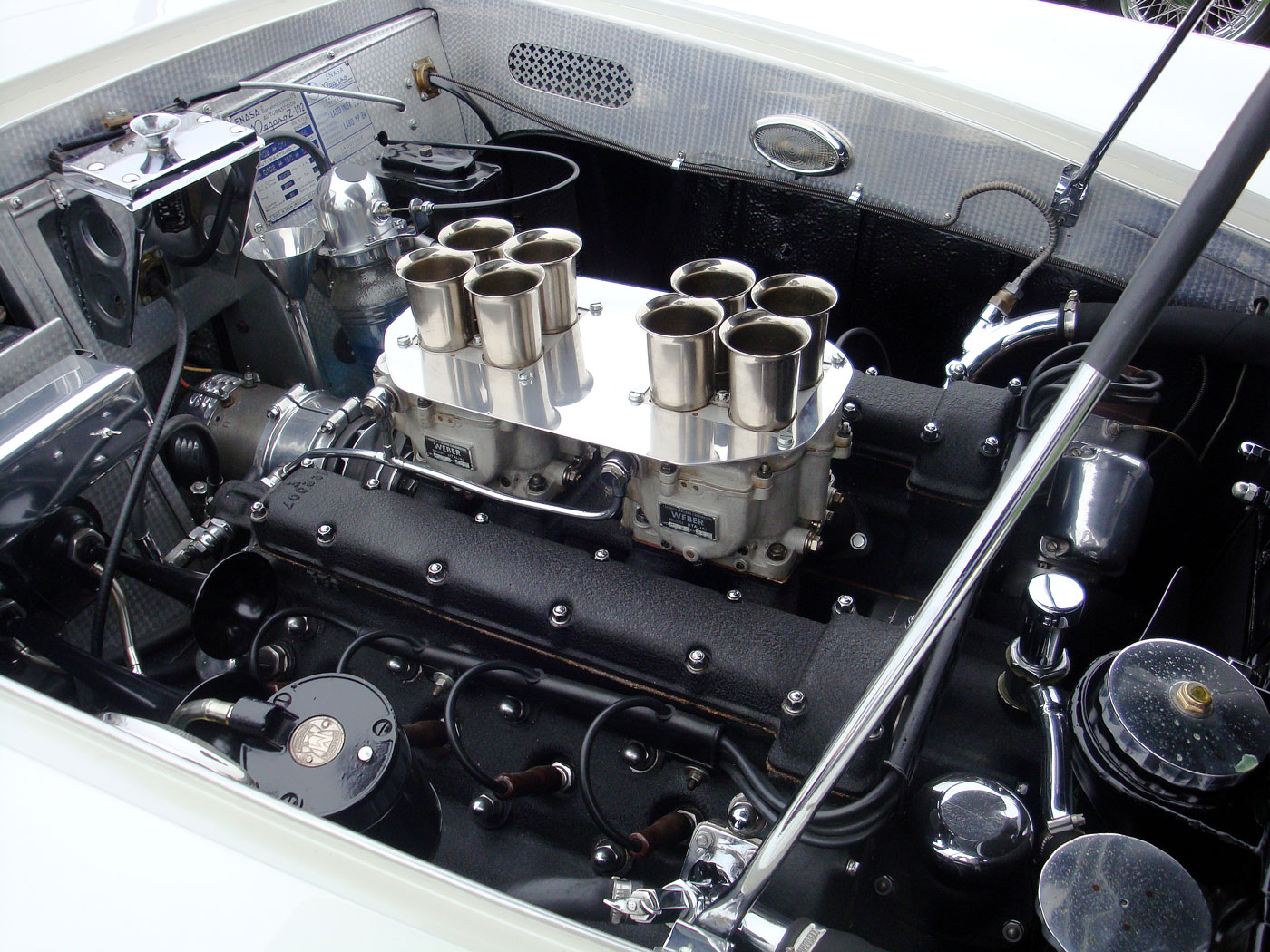
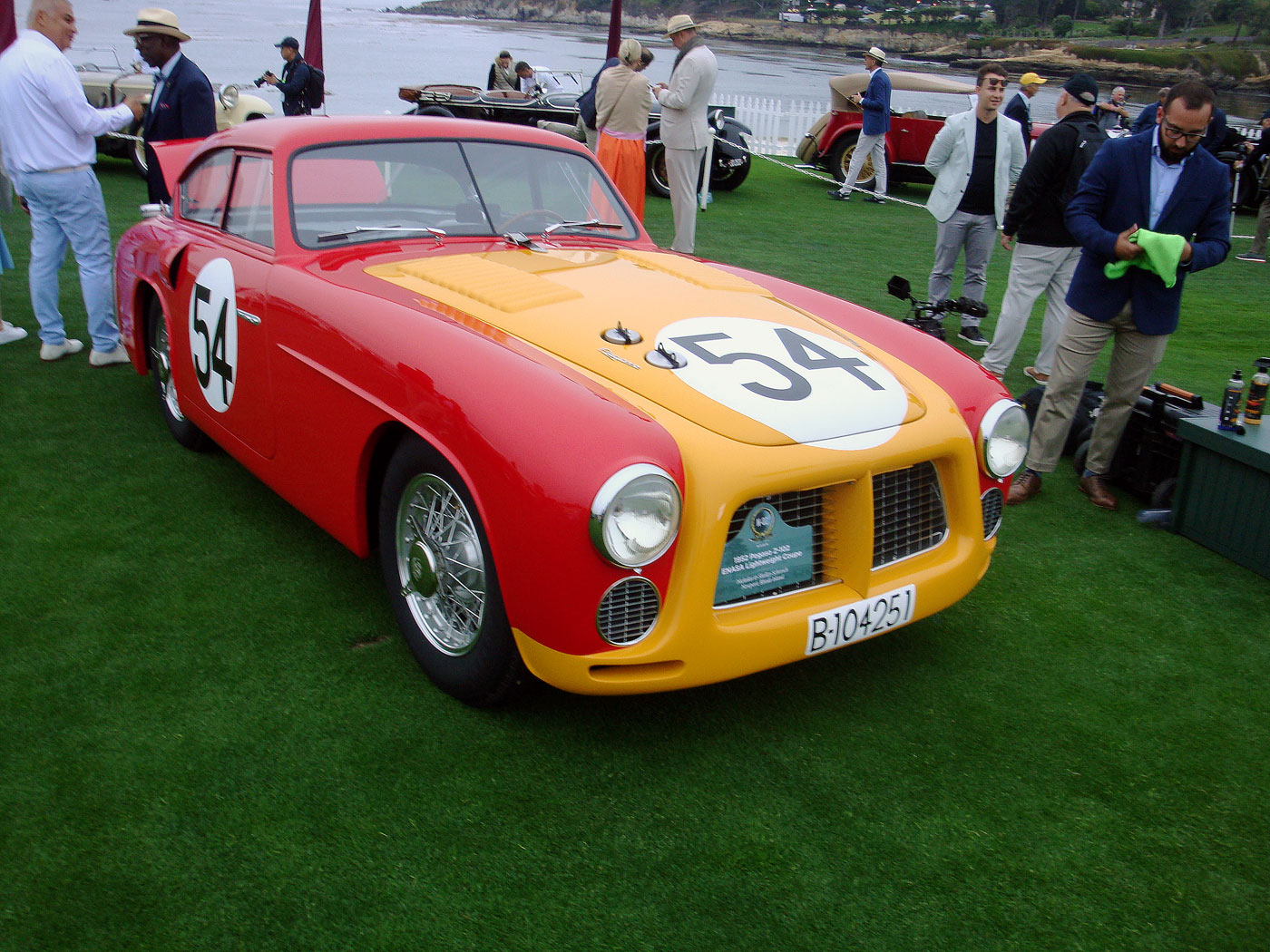
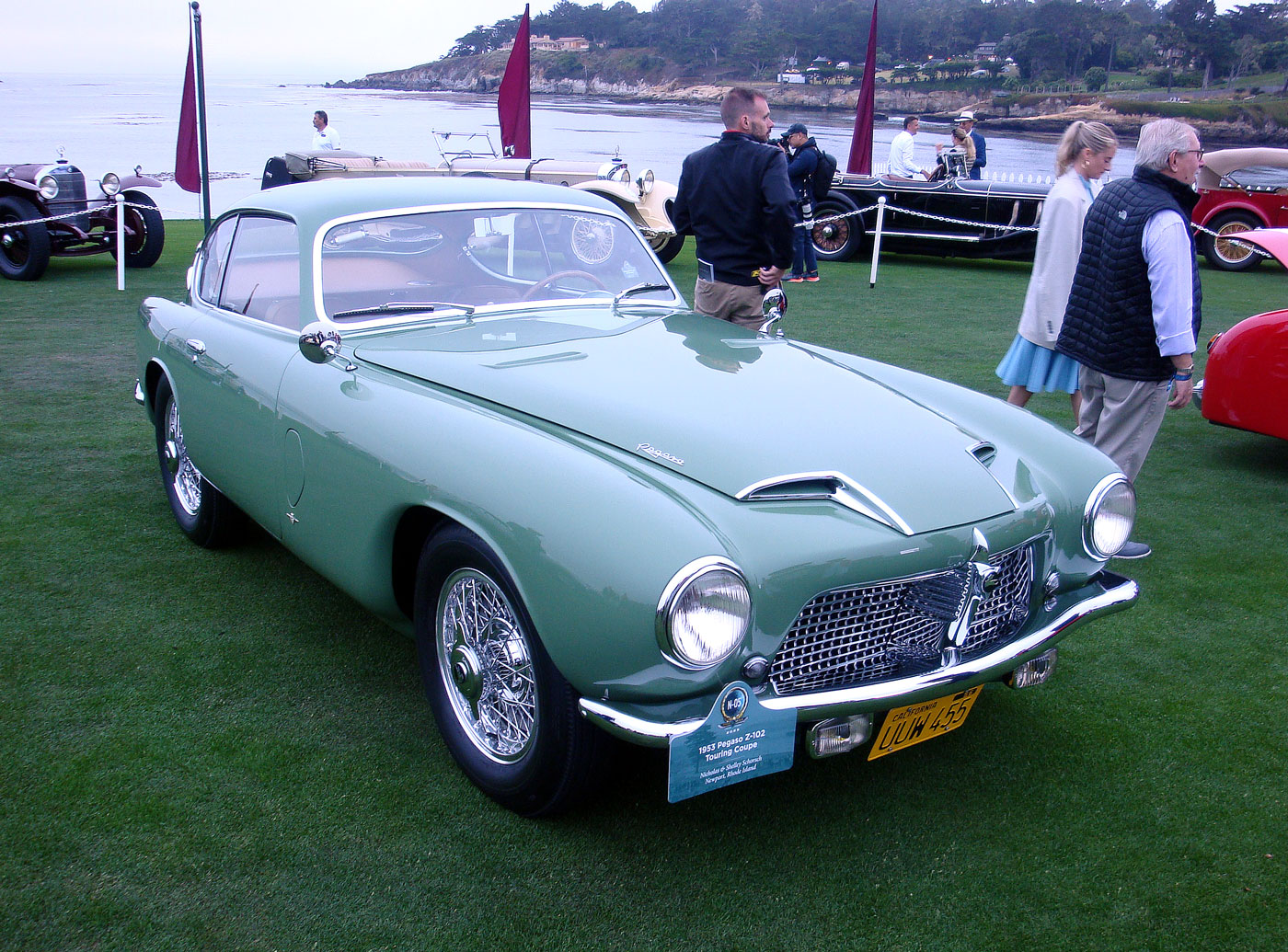
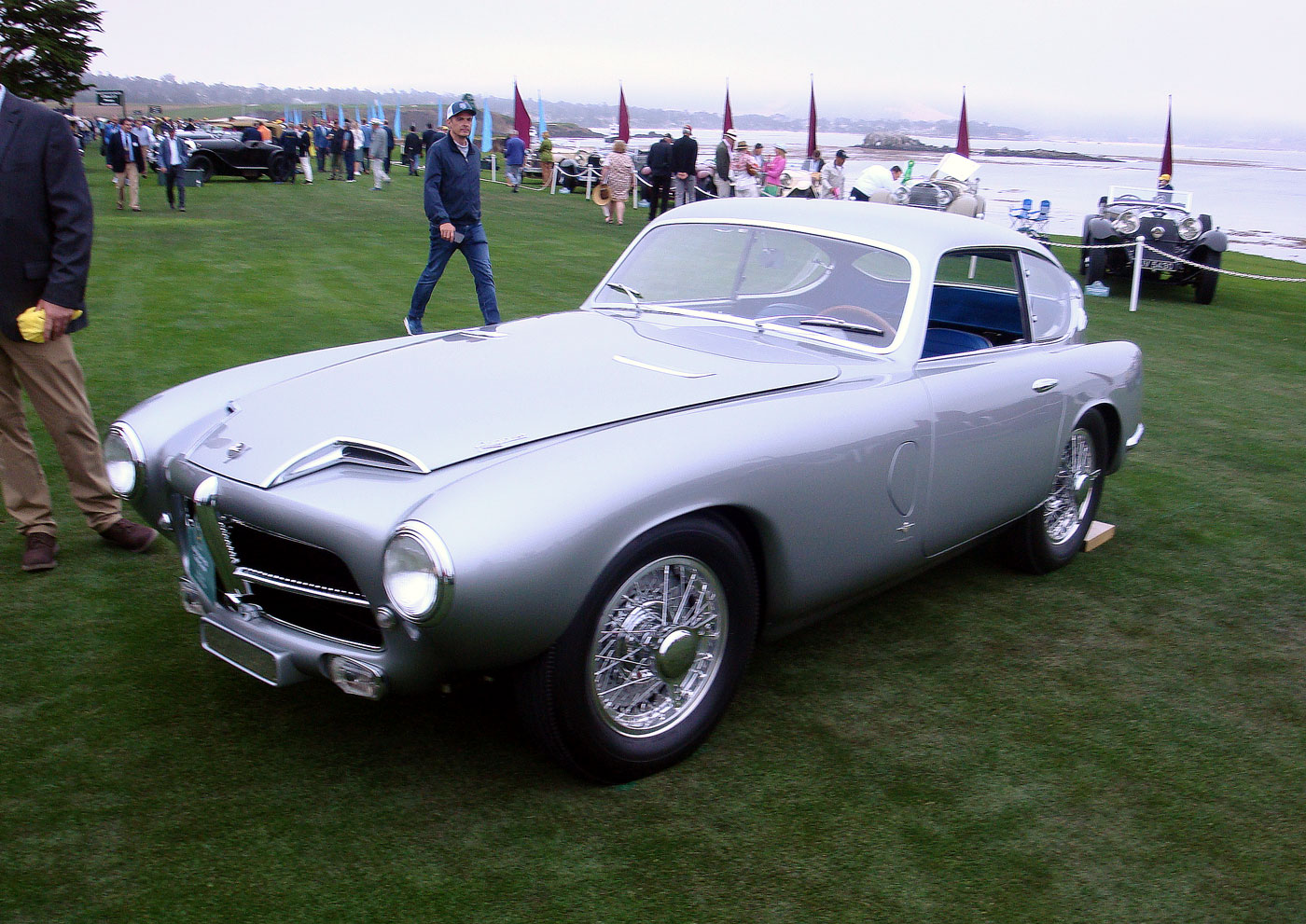
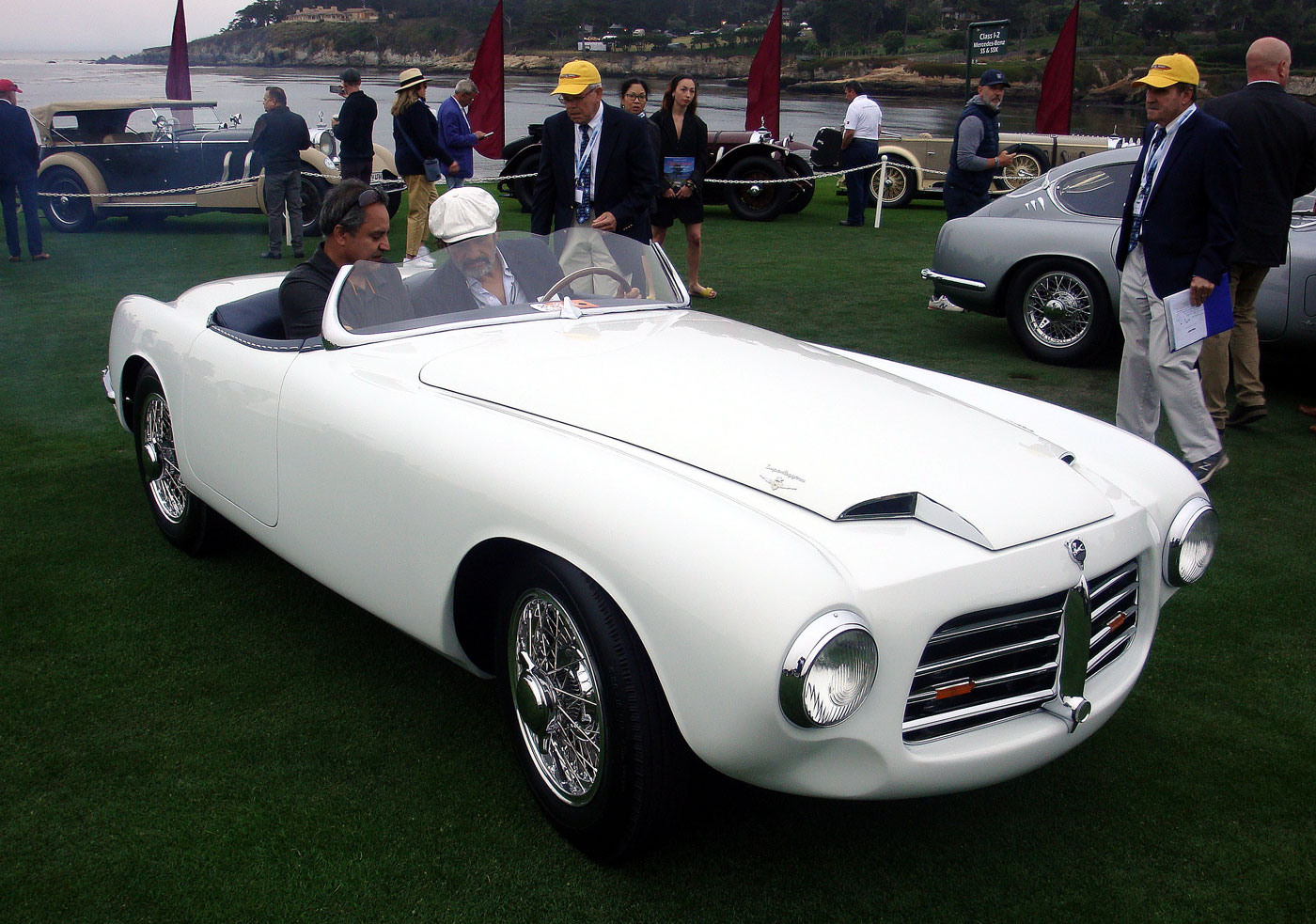
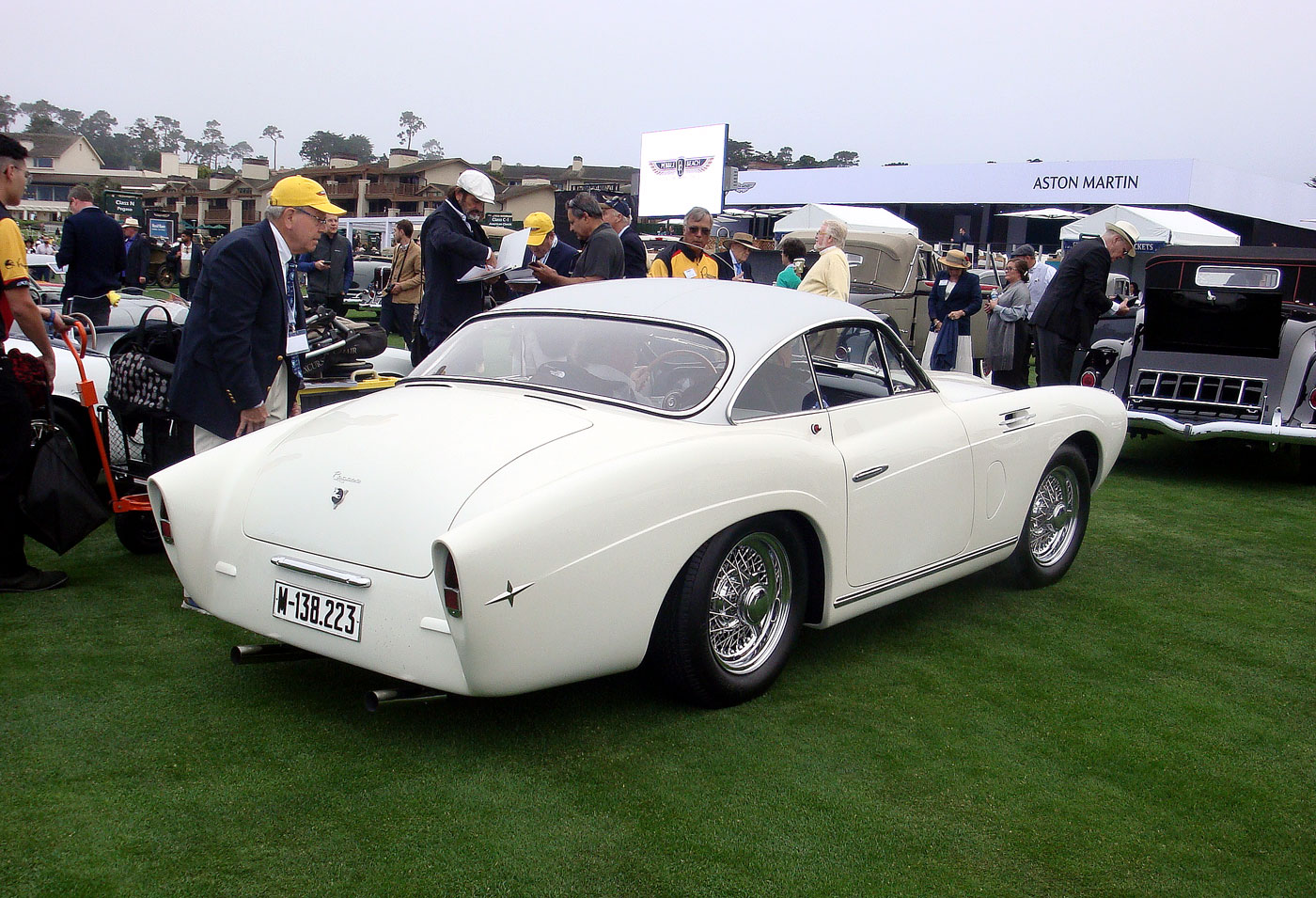
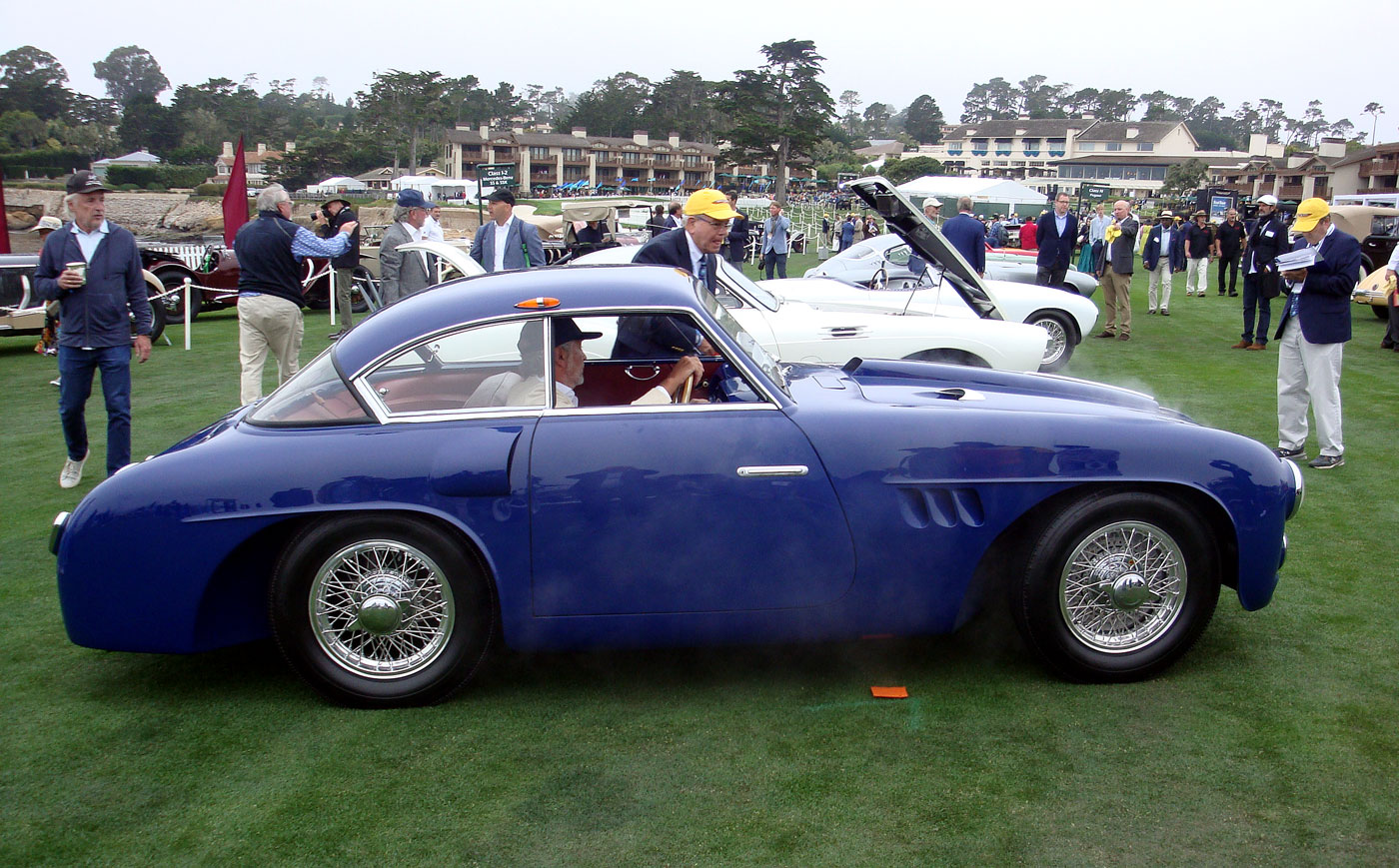

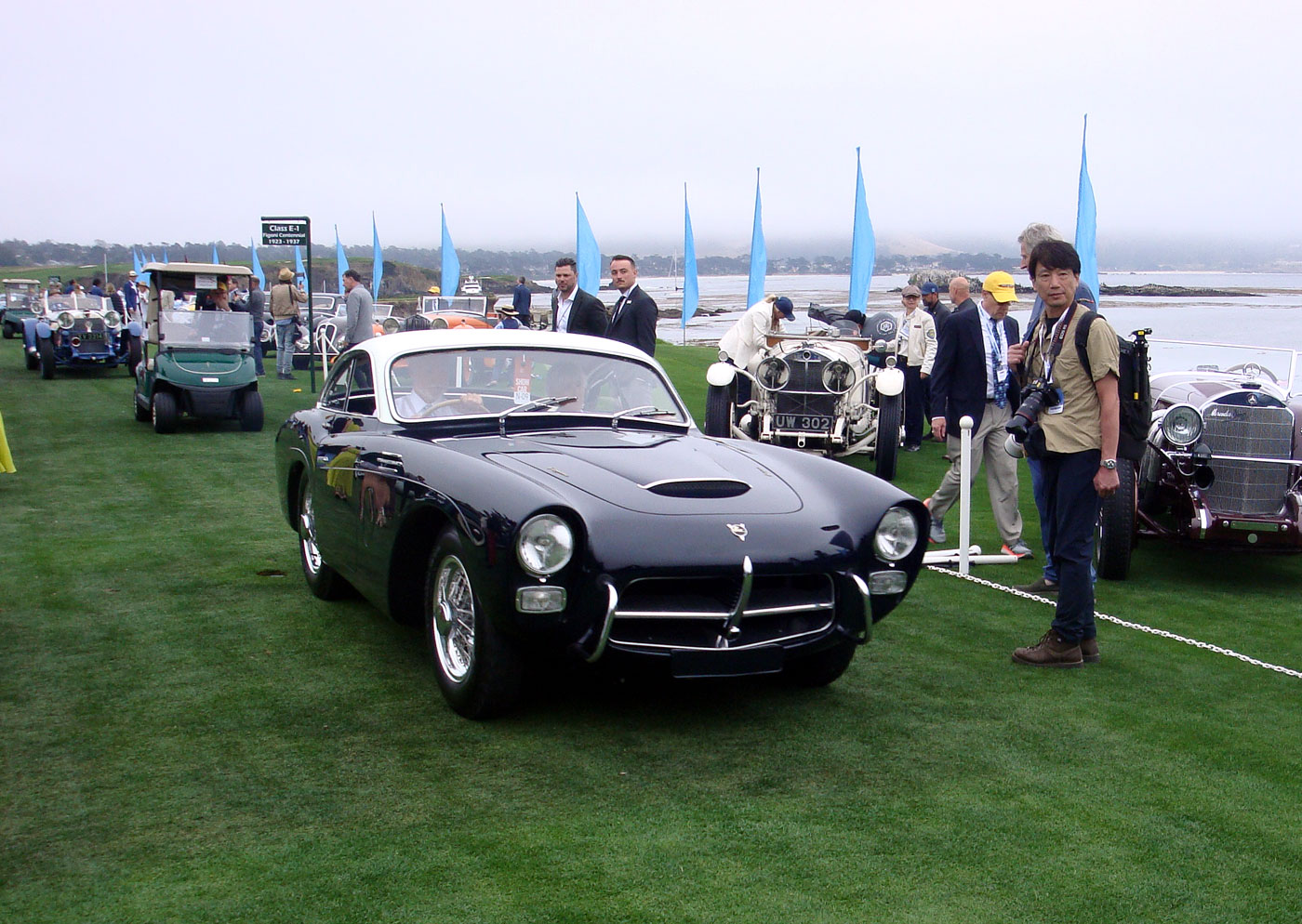
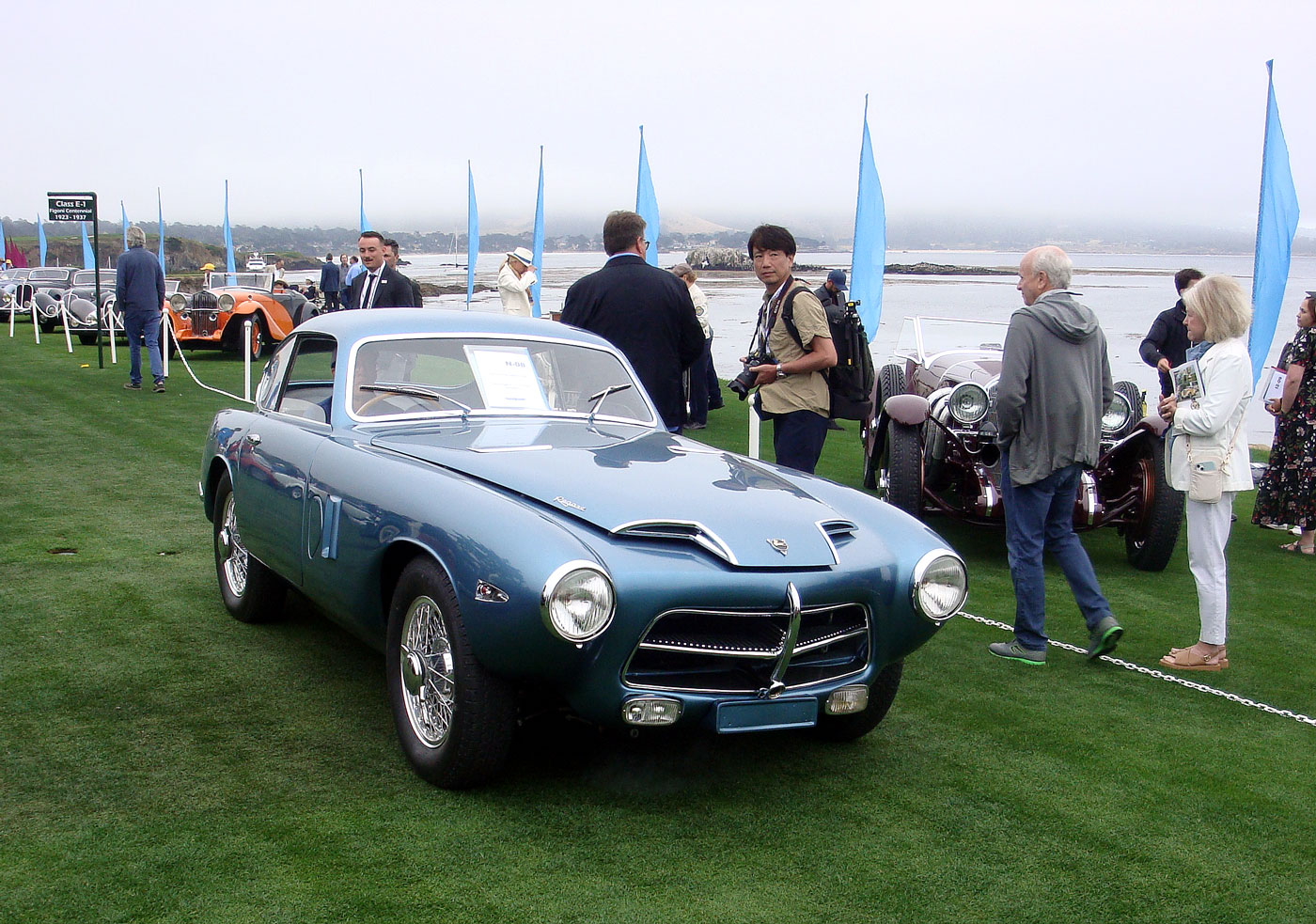














we kept company with a green pegaso coupe in the ’19 chantilly concours rally that didn’t seem to be at p.b.; also, “my” alloy spider that went from me to alf francis and then to the owner whose name i can’t remember…wolf? fox? anyway there are 2 more out there somewhere!
there are some more out here in Europe. Last weekend Pegaso Touring Berlinetta #0153 won first prize at a concours in the Netherlands.
A mistake often repeated: Ricart’s first name is not Wilfredo, but Wifredo, without the ‘l’.
I don’t know how that Mercedes won best of show while up against so many Figoni et Falaschi cars. Those Talbot Lago teardrops! Sigh.
Thank you, thank you and thanks again for posting such high quality photos of these beautiful cars!